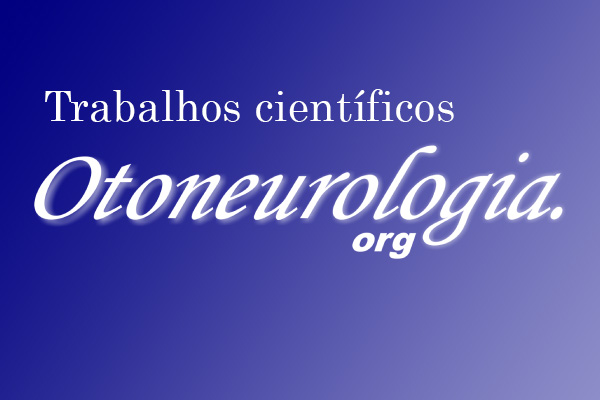Chisato Fujimoto,
Masato Yagi
Toshihisa Murofushi
Orphanet Journal of Rare Diseases, volume 14, Article number: 202 (2019)
Background
Idiopathic bilateral vestibulopathy (IBV) is an acquired bilateral peripheral vestibular dysfunction of unknown etiology, with persistent unsteadiness but without sensorineural hearing loss (SNHL) other than age-related hearing loss (ARHL).
Main text
The prevalence of IBV is unknown. The most common symptom is persistent unsteadiness, particularly in darkness and/or on uneven ground. The other main symptom is oscillopsia during head and body movements. IBV is neither associated with SNHL, except for ARHL, nor any other neurological dysfunction that causes balance disorders. The clinical time course of IBV can generally be divided into two main types: progressive type and sequential type. The progressive type involves gradually progressive persistent unsteadiness without episodes of vertigo. The sequential type involves recurrent vertigo attacks accompanied by persistent unsteadiness. Originally, IBV was found to exhibit bilateral dysfunction in the lateral semicircular canals (LSCCs) and the superior vestibular nerve (SVN) system. However, recently, with the development of more sophisticated vestibular function tests of the otolith organs and vertical semicircular canals, it has been revealed that IBV involves peripheral vestibular lesions other than those already identified in the LSCC and the SVN system. Furthermore, novel subtypes of IBV that do not involve bilateral dysfunction of the LSCC and/or the SVN system have been proposed. Therapeutically, exercise-based vestibular rehabilitation in adult bilateral vestibulopathy (BVP) patients has resulted in improved gaze and postural stability moderately. There are several technical approaches for the treatment of BVP such as vestibular implants, sensory substitution devices and noisy galvanic vestibular stimulation.
Conclusions
Combined use of various vestibular function tests, including recently developed tests, revealed the diversity of lesion sites in IBV. Further studies are required to determine the therapeutic effects of the technical approaches on IBV.
Texto completo: https://ojrd.biomedcentral.com/articles/10.1186/s13023-019-1180-8




